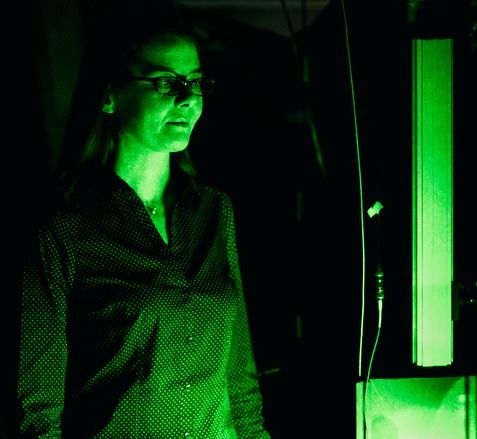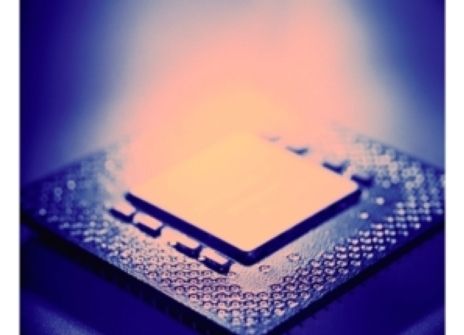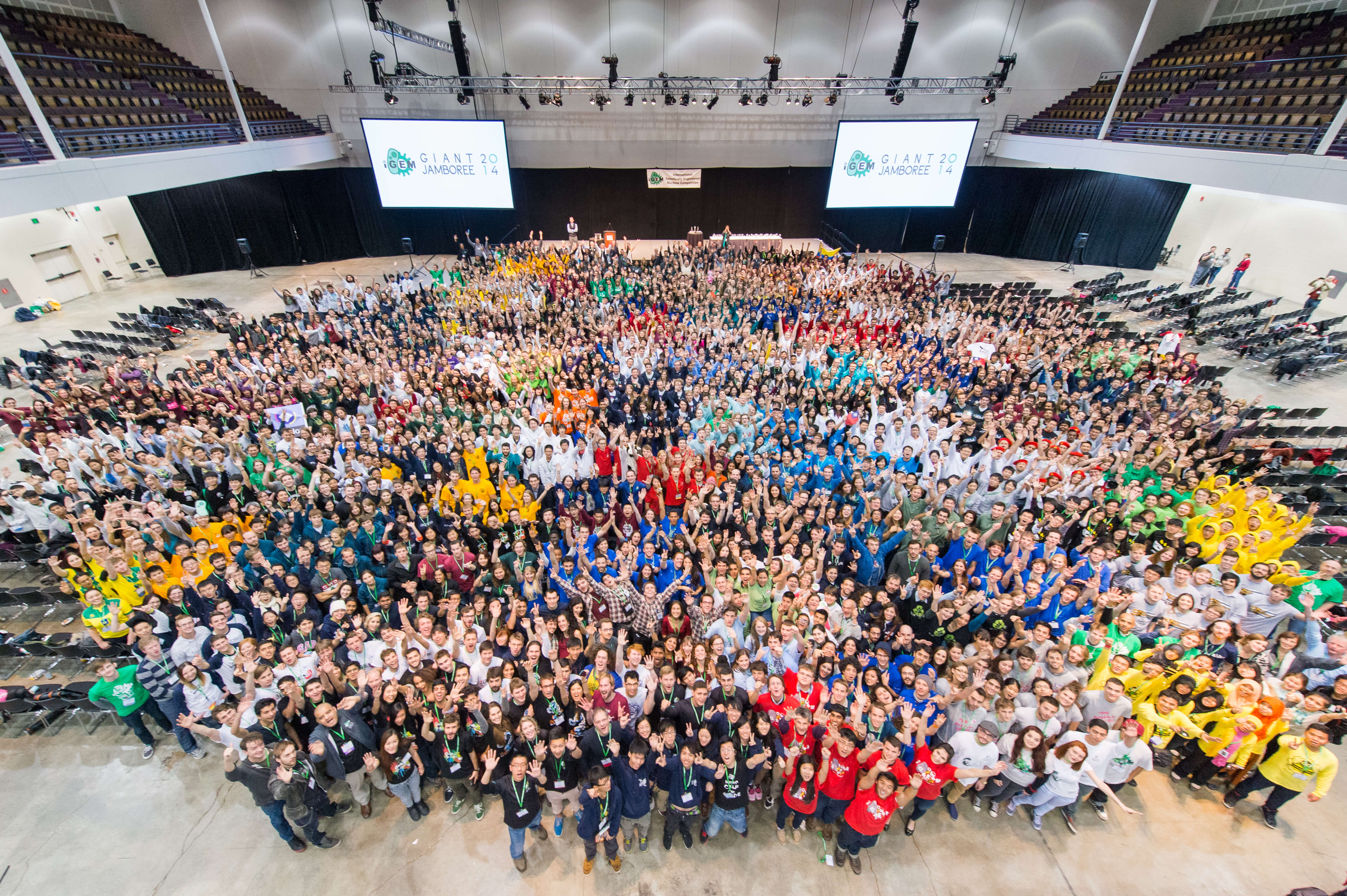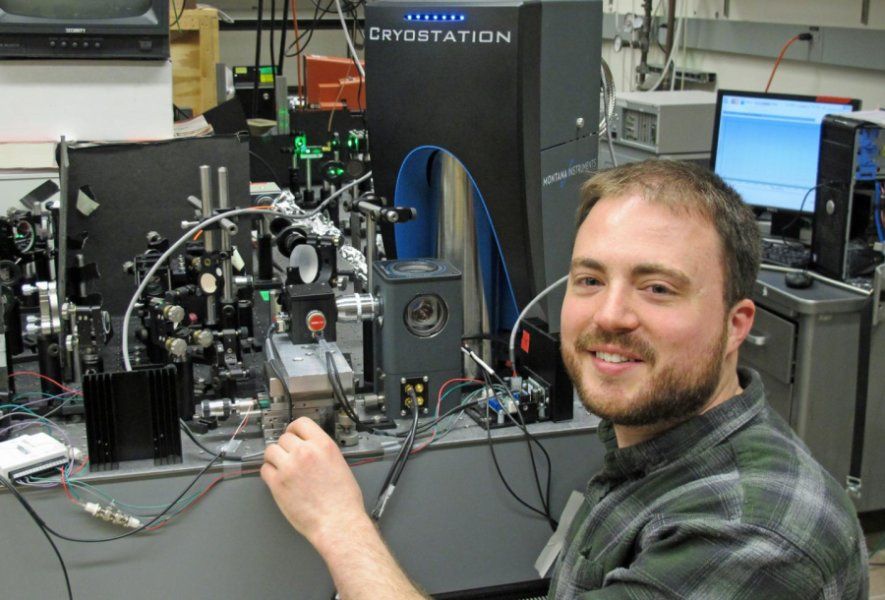Apr 8, 2016
ORNL, UT Team Up on Breakthrough That Could Aid Quantum Computing
Posted by Karen Hurst in categories: computing, engineering, particle physics, quantum physics
Another reason for being in east TN this month.
Genevieve Martin/ORNL This rendering illustrates the excitation of a spin liquid on a honeycomb lattice using neutrons. As with many other liquids, it is difficult to see a spin liquid unless it is “splashed,” in this case by neutrons depicted as moving balls. The misaligned and vibrating spin pair in the middle signifies the ephemeral Majorana fermion constantly in motion. The ripples formed when the neutrons hit the spin liquid represent the excitations that are a signature of the Majorana fermions. The atomic structure on the left signifies the honeycomb alpha-ruthenium trichloride, in which each ruthenium atom has a spin and is surrounded by a cage of chlorine atoms.
Researchers from the U.S. Department of Energy’s Oak Ridge National Laboratory and UT’s Department of Materials Science and Engineering and Department of Physics and Astronomy used neutrons to uncover novel behavior in materials that holds promise for quantum computing.
Continue reading “ORNL, UT Team Up on Breakthrough That Could Aid Quantum Computing” »

















